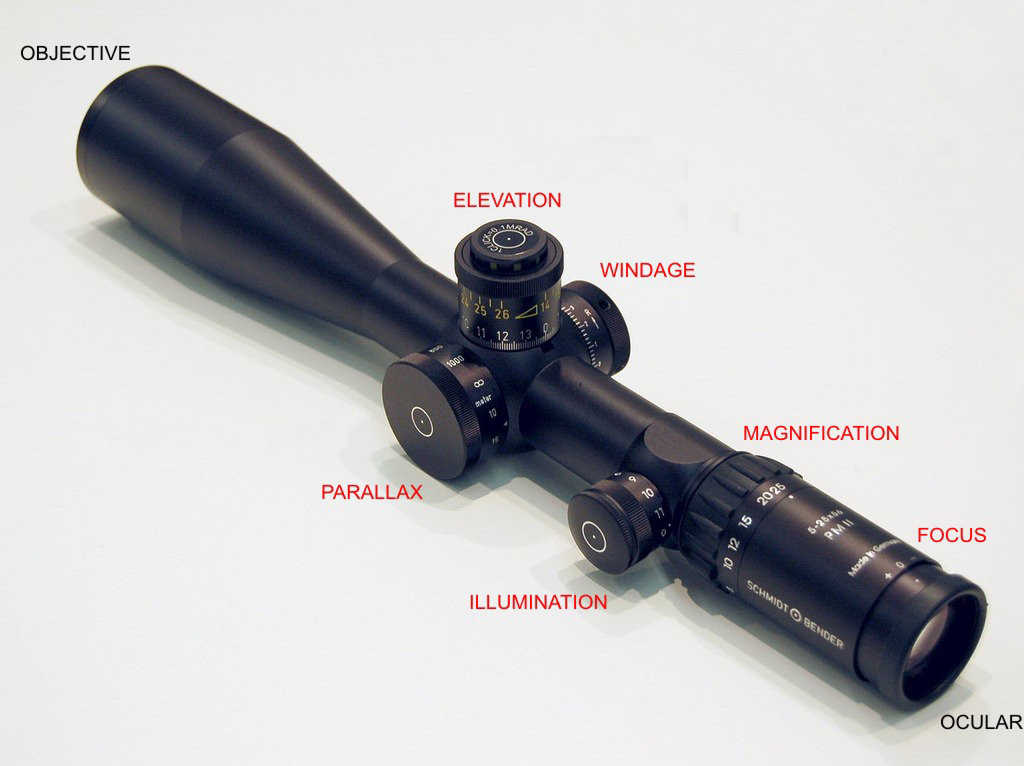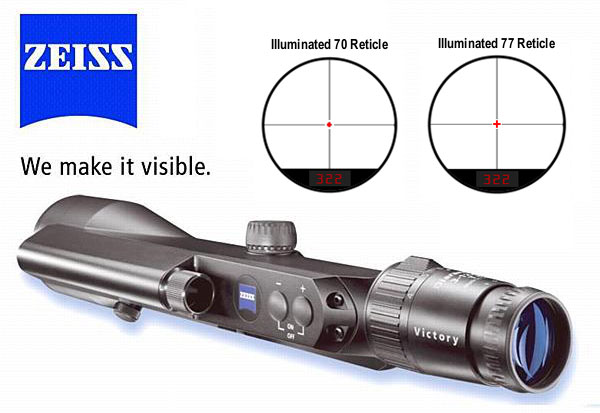Optics: high priced rifle scopes
Have you ever browsed through the different models of rifle scopes and sorted them by price? If you are looking at a high-end scope manufacturer don't be surprised if their best models are $3,000 and up. What makes these things so damn expensive? In this article, I'll cover some of main reasons for such high priced optics.
In general, most of the ultra-expensive optics are for long range shooting. Yes, you will find some mid-range AR scopes for $2000+ but far and wide, you are looking at big bore = big bucks.
Rifles capable of shooting 1000 yards and up are often chambered in calibers like .308 WIN, 300 WIN MAG, 338 Laupua, and 50 BMG. When talking long range these rifles and their components are VERY expensive. The materials and precision needed to manufacture something capable of shooting 1000+ yards are expensive and the optics are certainly no exception. Here are some of the factors which command such high prices:
- Glass
- Focal plane
- Recoil absorption
- Truly accurate adjustments
- Specialized reticles
- Eye relief
- Adjustable parallax
- Integrated range finder
- Integration with software
Much like camera lenses, the quality of the glass goes a long way. You will start to notice the quality in terms of clarity. Cheaper scopes will not be as clear at max distances or under low light conditions. Just as an expensive camera lens lets in more light, so do these high-priced rifle scopes.
Focal planes are another reason these scopes cost so much. Without getting into the differences between first and second focal planes it's safe to say the majority of these high priced optics are first focal plane. The offer several advantages for advanced shooters and because of the first focal plane design, they are more expensive to produce.
When talking big bore, specifically .338 and .50 BMG, the amount of recoil these guns produce will break a cheaper rifle scope. All high-end scopes will indicate they are warrantied for use on .338 and/or 50 BMG. Again, this comes down to materials and design. They just cost more to build for such an application.
Low to mid-range rifle scopes often suffer from the same problem; the adjustments just aren't exactly what they say. A 1/2 MOA adjustment per click may actually be 1/3 or 2/3 of an adjustment. When shooting at 1000+ yards, any deviation from it's true claimed adjustment increments makes a huge difference. Like everything else, this precision comes at a price.

You will also find specialized reticles that are not available on cheaper scopes. Horus reticles are becoming more popular among long range shooters as it provides an easier way to calculate hold overs. Horus reticles are built on first focal plane optics.
Eye relief is the distance between your eye and the scope. Optics using better glass will have a larger eye relief. In addition, scopes meant for big bore guns will have a larger eye relief to deal with the aggressive recoil from the larger calibers. This reduces the possibility of the shooter being hit in the face by the scope when it recoils which is often called "scope kiss."
Without getting into what parallax is, some of these high-end rifle scopes provide parallax adjustment. On cheaper optics you will commonly see something like "parallax free from 108 yards." The ability to change the parallax settings is another bump in price.

Some scopes like the Zeiss even have integrated range finders which display the target distance inside the reticle. This allows shooters to quickly calculate hold overs or adjustments.
Finally, many high-end scope manufacturers provide the specifications of the products to software makers who create smart-phone or PDA-enabled applications which can assist shooters in determining their adjustments and/or hold overs. This works by specifying a target distance combined with actual gun, scope and environmental elements. Wind, elevation and humidity are all used to determine the bullets calculated point of impact. This becomes even more granular with experienced hand loaders.
I also must mention that if you are a new shooter with deep pockets you probably won't be able to reap the full benefits from one of these scopes. In addition to experience behind the trigger, you will also need a very good understanding of ballistics.
2 comments
Hi there.
Do you have any recomendation for price rate in the rifle scopes that works upp to a 1000 yards/meter, or even recomend some scopes. Live in Sweden and use the metric system

You may be limited on options from the US due to ITAR (I have an article about it). You didn’t mention which caliber you are using, but I’ll assume .308 or .338 Lupua in which case you definitely want something using a first focal plane.
At 1000+ meters you really really need some quality glass. Leupold Mark 6 is about the best option before going with Schmit & Bender. With the right optic, a quality rifle, and a skilled shooter, a .308 will reach 1500 meters.
 06/19/14 09:26:00 am,
06/19/14 09:26:00 am,